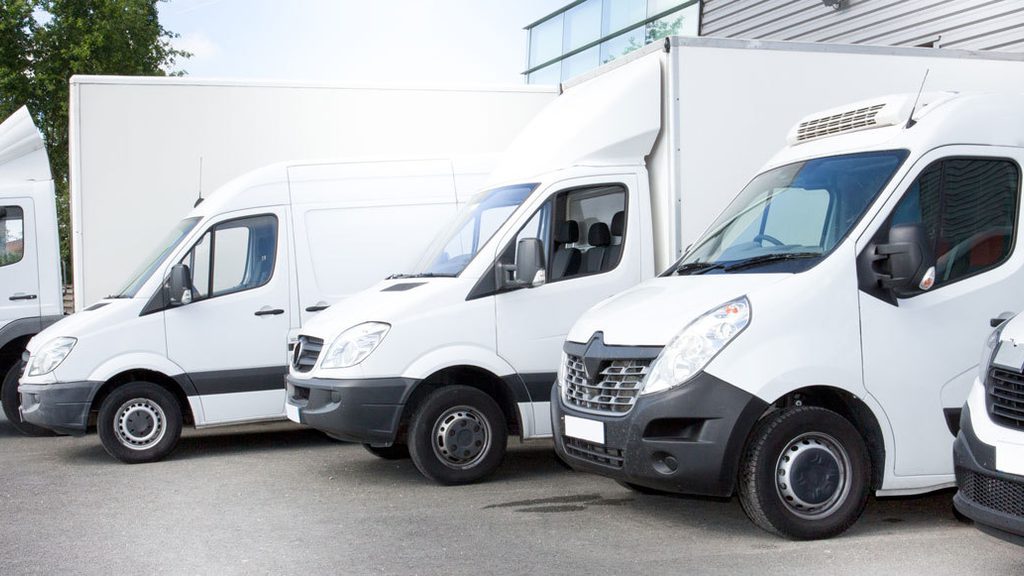Here at Torque we love lorries, vans, buses, cars and just about every other type of vehicle you can think of, but it often feels as though our hard working commercial vehicles don’t get the recognition they deserve. So how much do you know about the CV sector?
Why are there so many on the road?
Because just about 100% of everything that is bought in a shop or online, or consumed at a restaurant, takeway etc, has been transported by a truck or a van at some point in its life-cycle. No trucks = empty shops and warehouses.
They clog-up the motorways
Actually, they don’t. It just looks like that because they’re big. Cars are by far the highest contributor to traffic congestion. Here are some figures regarding vehicle types on UK roads in 2020:
- 600,000 trucks
- 74,000 buses
- 5 million vans
- 35 million cars
I always seem to get stuck behind one
Trucks with a laden weight of over 7.5 tonnes observe different and slower speed limits compared with cars. Remember, it takes a much longer distance for a 44-tonne truck to stop than a car. On motorways and dual carriageways they’re mechanically limited to 60mph, and on unrestricted single carriageway A-roads they mustn’t exceed 50mph – and they’re fitted with tachographs which constantly record vehicle speed (among other things) that can be viewed by the company boss, or the police, at a later date.
Why are there so many shapes and sizes?
That’s because there are so many road types that go to make up the UK road network. Bigger trucks carry higher weights and larger volumes, and are designed for bigger roads. Vehicle weight / size limits necessarily apply on smaller roads right down to vans, cars and mopeds for deliveries in restricted towns and cities. Naturally, laws exist – laws which constantly evolve – which dictate which vehicles can be driven where, and by whom.
Your typical ‘white van’ has a gross vehicle weight (GVW) of 3.5-tonnes – that means the whole vehicle, including its load, mustn’t exceed 3.5 tonnes; kerb-weight is the weight of a vehicle minus its load / trailer. Light Commercial Vehicles (LCVs) broadly fit in weight categories between 3.5 and 7.5 tonnes GVW, and then middleweights up to 18-tonnes GVW – all of the aformentioned are two-axle vehicles.
It then starts getting complicated. 26-tonners come next and anything at this weight or heavier must have three axles or have a trailer with at least one axle. If you see a four axle ‘rigid’ truck, i.e. without a trailer, it’s almost certainly a 32-tonne tipper lorry. Articulated trucks, or ‘artics’, are a combination of a truck and trailer which articulates around a pivot point. If you see a four axle truck / trailer combination, it’ll be at 38-tonnes GVW, five axles at 40-tonnes GVW and six axles at 44-tonnes GVW (the maximum weight for everyday trucks in the UK). With powerful engines and uprated chassis specification, they can haul even heavier loads – much heavier. With a special licence, heavy-haulage trucks can move loads of several hundred tonnes.
There are many more sub-categories which define axle configurations and a great array of axle-weight capacities. Today’s commercial vehicle manufacturers can build a vehicle to suit exactly almost any specific task – all to provide essential services and deliveries for all of us.




